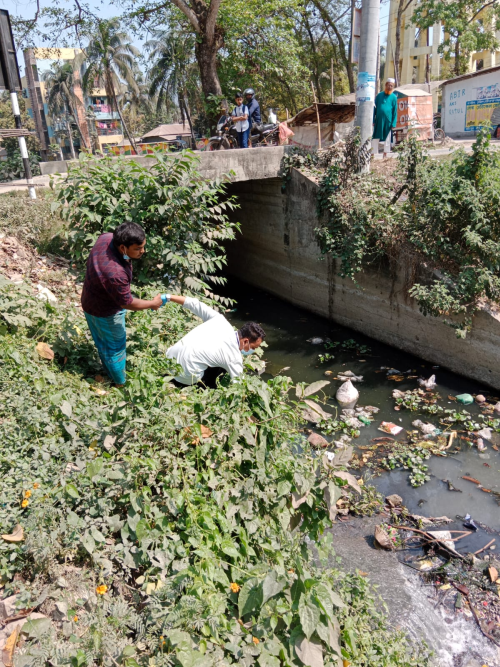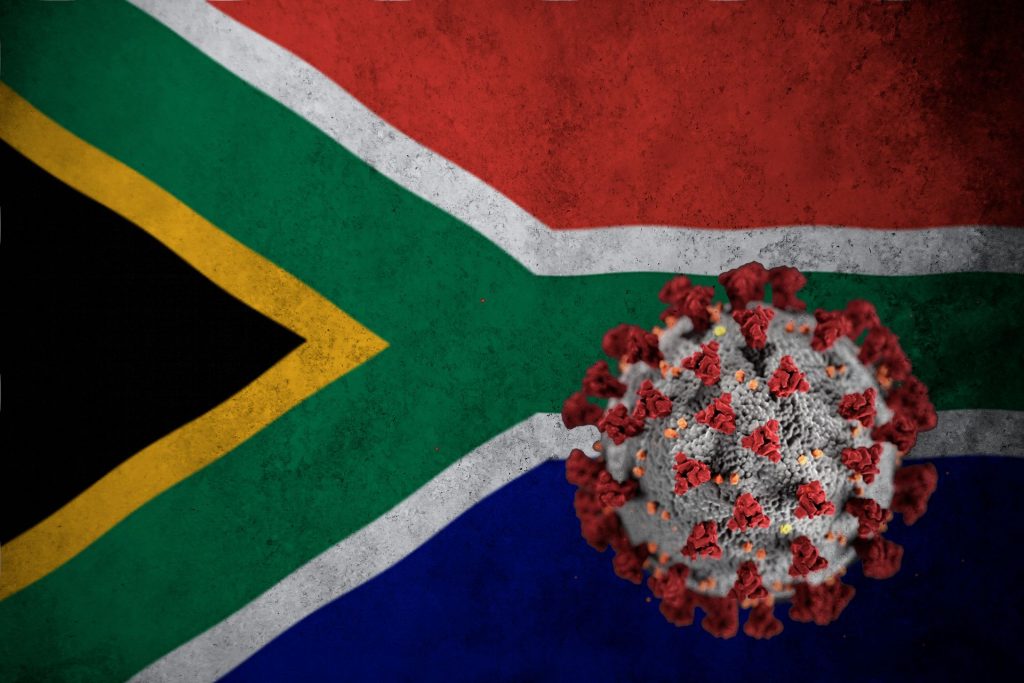Multi-virus Wastewater Surveillance Shows Promise at Smaller, Site-specific Scales
Study suggests onsite monitoring at buildings or complexes could aid efforts against disease spread

In a new study, wastewater surveillance for multiple pathogens at five different sites—including an office and a museum—identified local trends that were not captured in larger surveillance programs, and some sites used the data to inform efforts to prevent disease spread. Jay Bullen of Untap Health in London, U.K., and colleagues present these findings in the open-access journal PLOS Global Public Health.
People with viral infections produce waste containing viral RNA that ends up in wastewater in sewage systems. Measuring viral RNA levels in wastewater at treatment plants can be a cost-effective way to monitor community health. For instance, this method has been useful for monitoring COVID-19 infection trends and tracking polio eradication efforts.
Prior research suggests that wastewater surveillance programs that track multiple diseases at once could be beneficial at the municipal level. However, few studies have assessed their potential value at smaller, site-specific scales.
To fill that gap, Bullen and colleagues monitored daily wastewater concentrations of multiple viruses at five different sites in the U.K.; an office, a charity center for elderly citizens, a museum, a university co-working space, and a care home. The community size of the sites ranged from 50 to 2,000 people, and the researchers measured wastewater levels of the viruses SARS-CoV-2, influenza A and B, RSV A and B, and norovirus GI and GII.
Analysis of trends captured in the wastewater measurements revealed links with site-specific reported events, including staff illness, cleaning practices, and holidays. At the care home, where the community had less contact with the larger regional community, wastewater data captured local events that were not seen in public health data. In larger, more open communities, such as the university space, wastewater data aligned more closely with public health data.
Some sites began using the wastewater data to help inform decisions about disease prevention efforts, such as enhanced cleaning routines and notices in bathrooms about washing hands with soap.
These findings suggest that near-source wastewater monitoring could benefit local communities and perhaps provide earlier warnings of wider trends. Further research is needed to refine understanding of these potential benefits.
The authors add: “Building-level wastewater surveillance enables detection of norovirus, influenza, RSV and COVID-19 in a local population not captured by national surveillance. We see a future with near-source wastewater surveillance scaled across different communities to provide tailored local infection prevention and control measures, reducing outbreaks.”
Provided by PLOS




